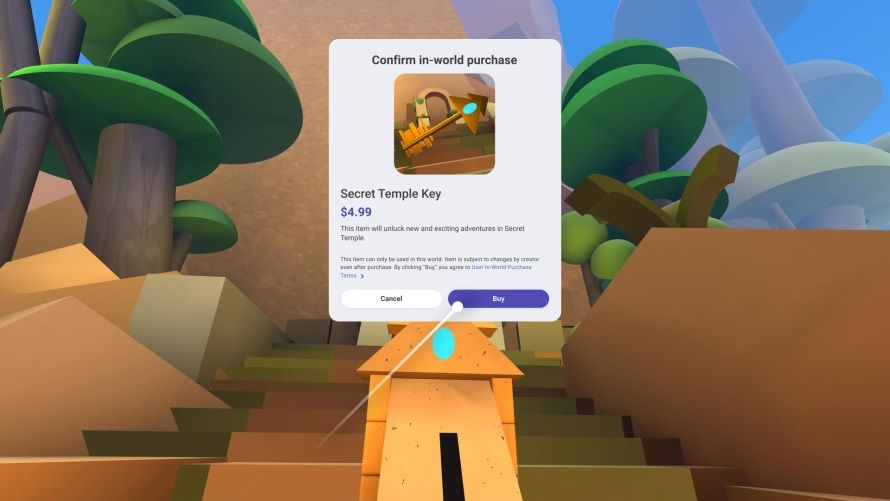SureCall Fusion Install Cell Signal Booster Review: Improves Home Service
Dropped calls? Slow internet? Texts that go nowhere? Despite all the ads touting breathtaking bandwidth and uninterrupted coverage, the fact is that for many of us, cellular connections remain spotty. One website recently pegged the US 4G footprint of Verizon at 70 percent. I’m on the second-biggest carrier, AT&T, which has 68 percent of the country covered.
Ostensibly that includes my house, but you wouldn’t know it from the quality of service I normally get: invariably one or two bars on my phone, incoming calls that never ring but go straight to voicemail, and the frequent need to stand near a window to get better audio quality and avoid dropping the connection.
There’s long been a solution for this, which involves connecting your phone to your home broadband network and doing an end run on the cell tower. Femtocells like the $250 Verizon LTE Network Extender are still around to do the job, but AT&T discontinued its MicroCell in 2017 in favor of letting smart phones connect directly to Wi-Fi hot spots. It’s great in theory (and great when it’s working), but for me, the only thing less reliable than my cellular service is my Wi-Fi.
The good news is that another, potentially better solution exists, though it isn’t cheap: a signal booster that can do a brute-force amplification of your existing cellular signal. The concept is often vaguely linked with scammy, spammy products (back in the zeroes, a few unscrupulous companies sold bogus stickers for your phone that promised to boost your signal), but modern signal boosters are legit.
The signal booster is actually a pretty simple device. A large directional antenna is mounted outside and aimed toward the nearest cell phone tower. The outdoor antenna captures the cellular signal, amplifies it, and rebroadcasts it on an omnidirectional antenna inside the house. The system is bidirectional, boosting the signal both ways, and (most importantly) it’s carrier-agnostic, requiring no registration, management, or contract. Anyone within range of the booster—which is said to cover 4,000 square feet of space—can benefit from it, as long as their network has a tower somewhere in striking distance.
To test whether a signal booster would do me any good, SureCall offered to have one of its high-end boosters installed in my home. Previously the product was available as a DIY kit installed by a homeowner or (more likely) a contractor they hired. But SureCall has recently begun offering its Fusion Install system with a bundled professional installation, partnering with Dish subsidiary OnTech to do the setup. (Due to the semi-permanent nature of the installation, this system is unable to be returned after the completion of the review.)
The installation was scheduled about a week out, and a friendly technician arrived on time. He discussed the ideal placement of the gear with me, and it quickly became easy to see why using a pro is a much better idea than trying to do this yourself. While the system isn’t complex, consisting of just an antenna and an indoor antenna and amplifier, getting it all wired together was a messy job that involved snaking cable through crawl spaces and drilling a hole through an exterior wall. It’s clearly difficult to make all of this look good.
Ultimately, the installation took about an hour, after which I was left with a clean setup that situated the interior gear out of plain view and saw the exterior antenna mounted on a sturdy pole attached to the eaves of our roof. Then, once the gear was plugged in, it was done. There is nothing to configure or manage, and no app to install. If you want to turn it off, you simply unplug it from the power outlet.


